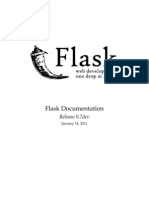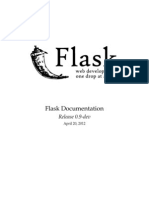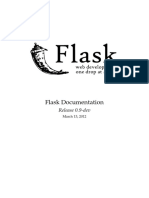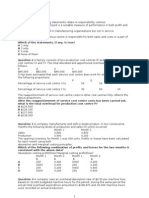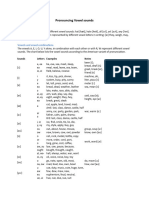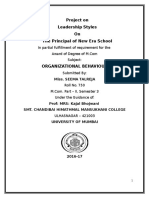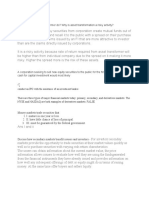0% found this document useful (0 votes)
16 views9 pagesWeb Dev and Security Progression
The document outlines a comprehensive guide for web development progression from static sites to dynamic applications, covering stages such as static foundations, interactivity with JavaScript, and backend integration with Flask or Node.js. It also includes a security progression guide that emphasizes securing static sites, server practices, dynamic app hardening, account security, monitoring, and defense strategies. Each stage provides learning objectives, capabilities, and example features to enhance web development and security skills.
Uploaded by
JonCopyright
© © All Rights Reserved
We take content rights seriously. If you suspect this is your content, claim it here.
Available Formats
Download as PDF, TXT or read online on Scribd
0% found this document useful (0 votes)
16 views9 pagesWeb Dev and Security Progression
The document outlines a comprehensive guide for web development progression from static sites to dynamic applications, covering stages such as static foundations, interactivity with JavaScript, and backend integration with Flask or Node.js. It also includes a security progression guide that emphasizes securing static sites, server practices, dynamic app hardening, account security, monitoring, and defense strategies. Each stage provides learning objectives, capabilities, and example features to enhance web development and security skills.
Uploaded by
JonCopyright
© © All Rights Reserved
We take content rights seriously. If you suspect this is your content, claim it here.
Available Formats
Download as PDF, TXT or read online on Scribd
/ 9




